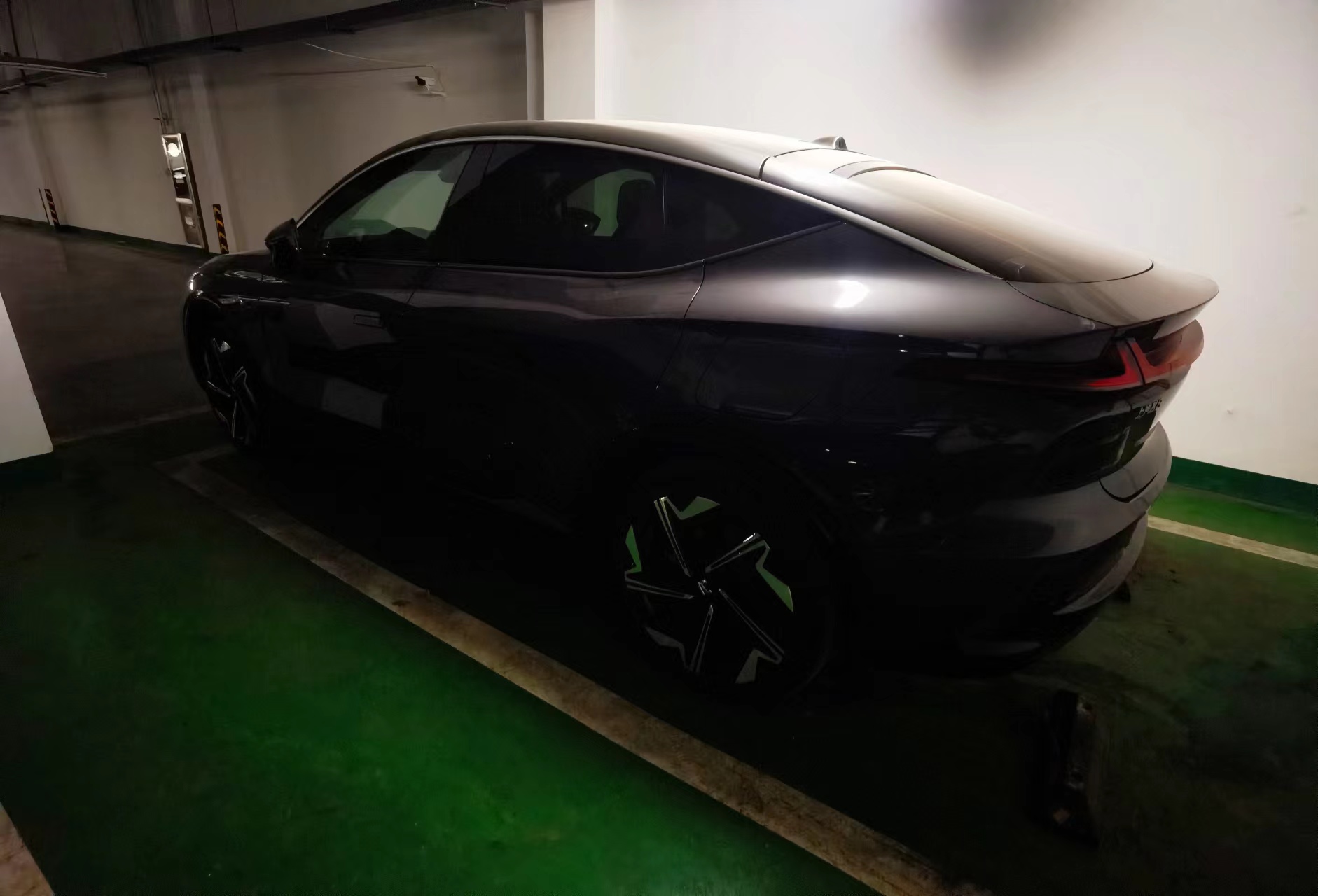Although I had some doubts at the beginning, I gradually grew from a novice and in mid-November of this year, I happily drove my beloved Flyover R7.
Previously, like many car enthusiasts, I thought that a car was meant to be driven and should have excellent handling. Why bother with so much intelligence? But it wasn’t until I had the chance to experience Flyover R7 in detail that I finally understood why everyone is saying that the first half of the automotive industry is electrification and the second half is intelligence.
The Flyover R7 is more concerned with making “intelligent travel more reassuring”. Intelligence is the foundation, and “more reassuring” is the ultimate pursuit.
Whether it’s the intelligent cockpit or the intelligent driving, Flyover R7l will immediately tell you how wonderful the experience of daily travel is with an electric car with high intelligence.
Intelligent cockpit: The “screen bully” among car circles, RISING MAX 3+1 giant screen is simply unrivaled
When you enter the Flyover R7, I believe that, like me, you will quickly be attracted by the integrated 43-inch ultra-large screen, which is not only very “dazzling,” but even has a little taste of the Mercedes EQS interior.
The largest onboard screen in domestic intelligent vehicles
The enhancement of the interior grade and the sense of technology and luxury cannot be compared to other cars with “small screens”. Moreover, this 43-inch ultra-large screen has extremely high quality.
This screen also has a very domineering name: RISING MAX 3+1 tyrant cabin giant screen. The “3” refers to the fact that it is composed of three screens, the large screen is composed of a 10.25-inch LCD instrument, a 15.05-inch AMOLED central control screen, and a 12.3-inch copilot screen, and adopts an integrated packaging design similar to that of EQS. Coupled with BOSE sound, the visual and auditory effects are particularly stunning.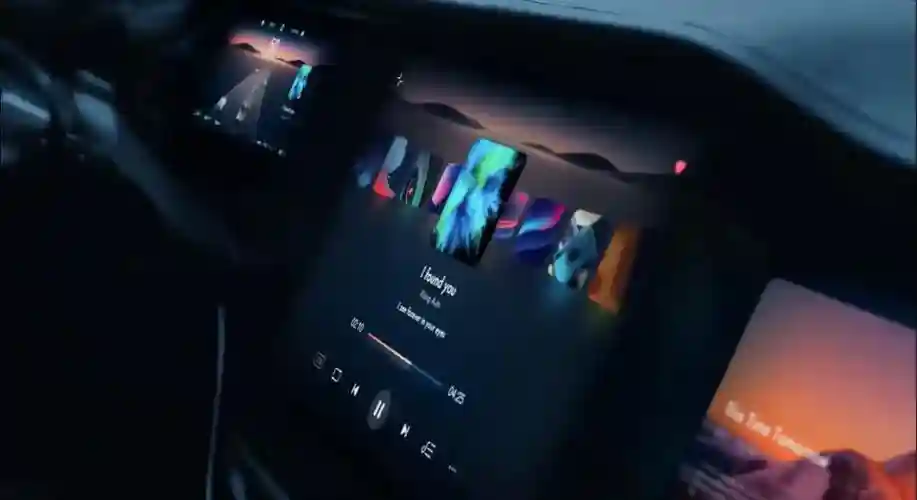
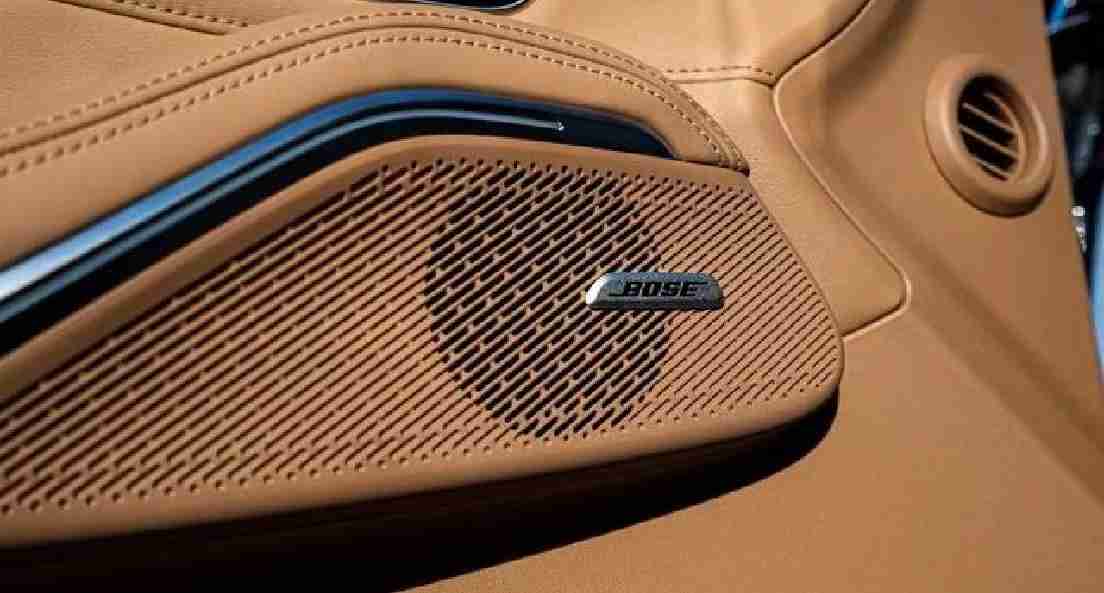
33 intelligent driving hardware, the top echelon in the industry
According to official sources, RISING PILOT’s fully integrated advanced intelligent driving system algorithm leads the industry, different from the algorithms integrated by XPeng after and Tesla before. With a team of 500 Flying Tech intelligent driving developers investing more than 900 person-years and testing the system over 400,000 kilometers on domestic highways, it can cope with 1% extreme road scenarios with 100% safety redundancy. It could be called the “Volvo” in the field of intelligent driving.
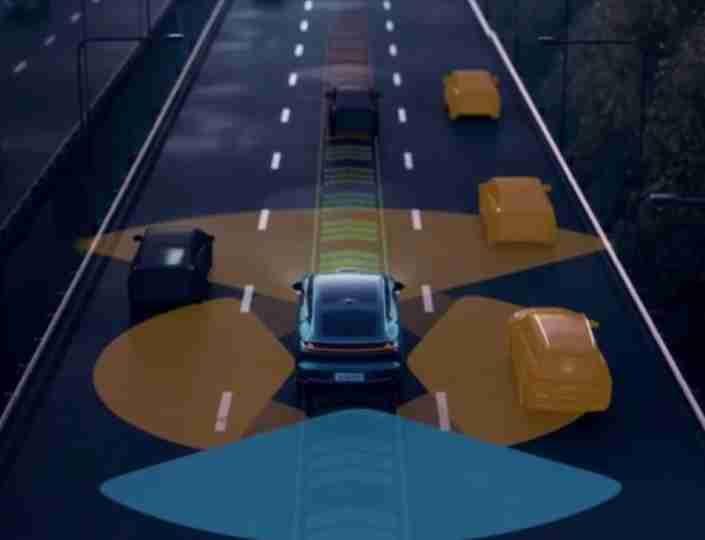
The Flying Tech R7 has a total of 33 intelligent driving hardware, currently the top echelon in the industry, including 8 auxiliary cameras, 4 surround-view cameras, LUMINAR LiDAR, 2 4D millimeter wave radars, 4 enhanced corner radars, and 12 ultrasonic radars. In addition, Flying Tech R7 also uses high-precision maps from Baidu for long-range assist and 2 ORIN X chips with a computing power of 508 TOPS.
It includes 8 auxiliary cameras, 4 surround-view cameras, LUMINAR LiDAR, 2 4D millimeter wave radars, 4 enhanced corner radars, and 12 ultrasonic radars. In addition, Flying Tech R7 also uses high-precision maps from Baidu for long-range assist and 2 ORIN X chips with a computing power of 508 TOPS.
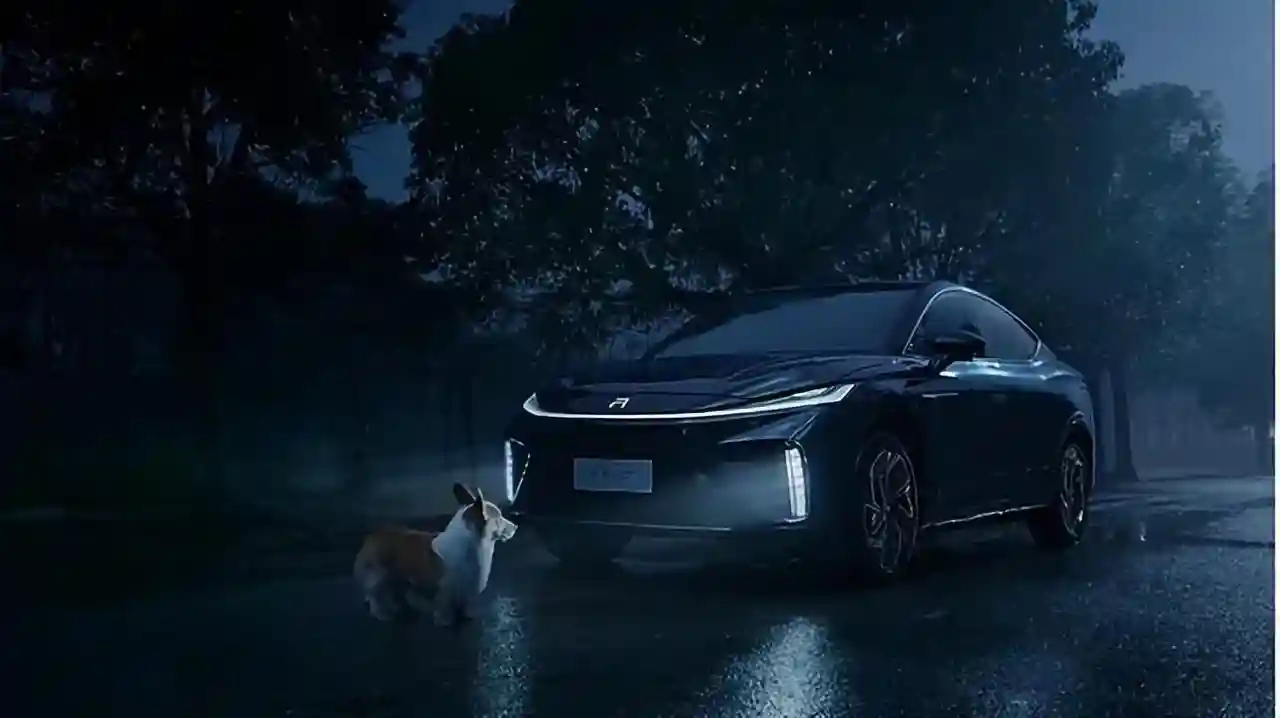
We often call those limited edition supercars “dream cars”, and one of the fundamental reasons is their exorbitant price, especially for young people who are still saving money to chase their dreams. The Flying Tech R7, with supercar-like capabilities, brings dreams into reality, it is the responsibility of SAIC group as a major brand, and also marks the beginning of the prosperity of intelligent electric vehicles.The following is a list of my personal favorite features about the R7. It is indeed powerful. I struggled to choose between the Zeekr001 and the XPeng G9 before, but I couldn’t resist the R7’s perfect sleek styling – I simply love it!
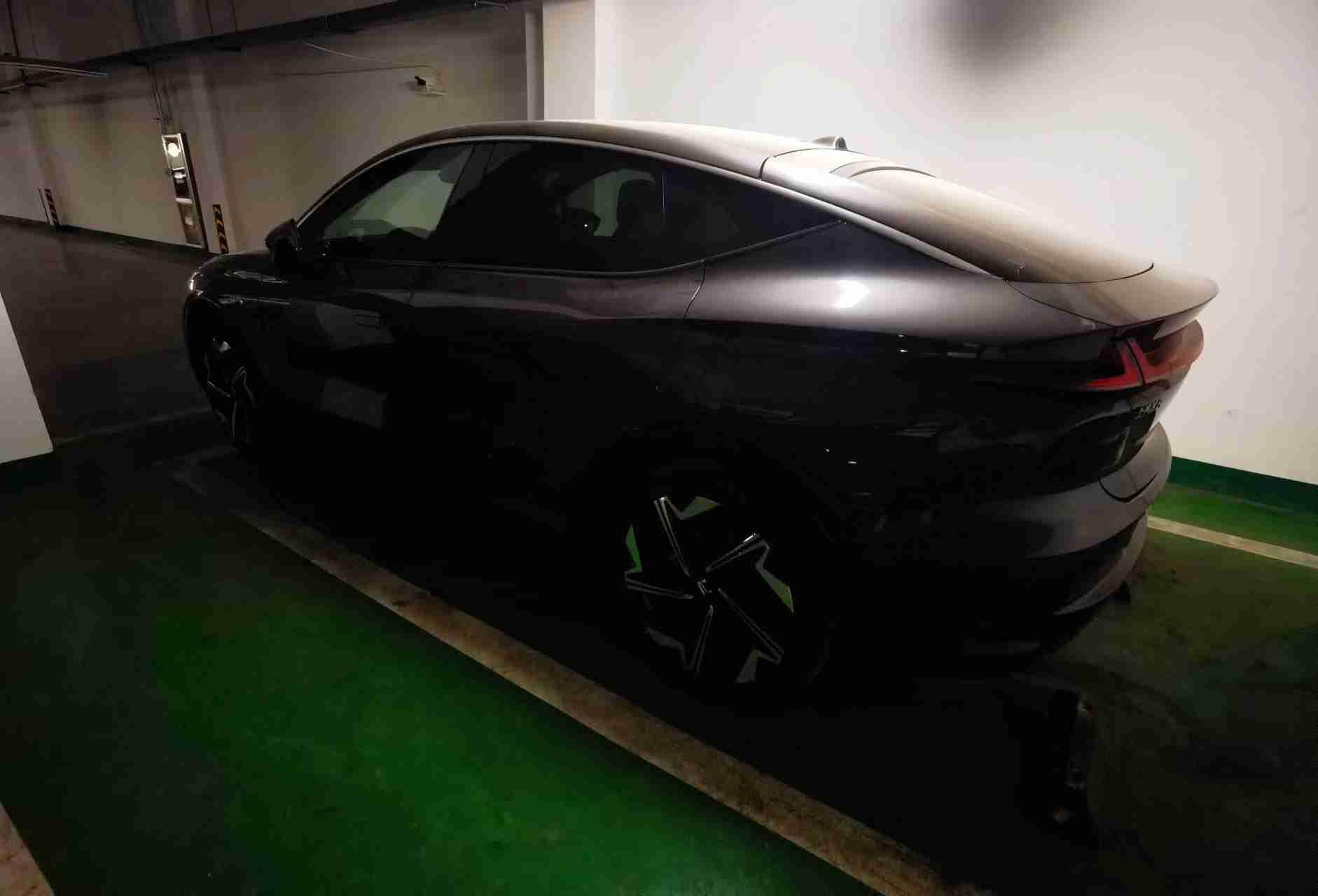
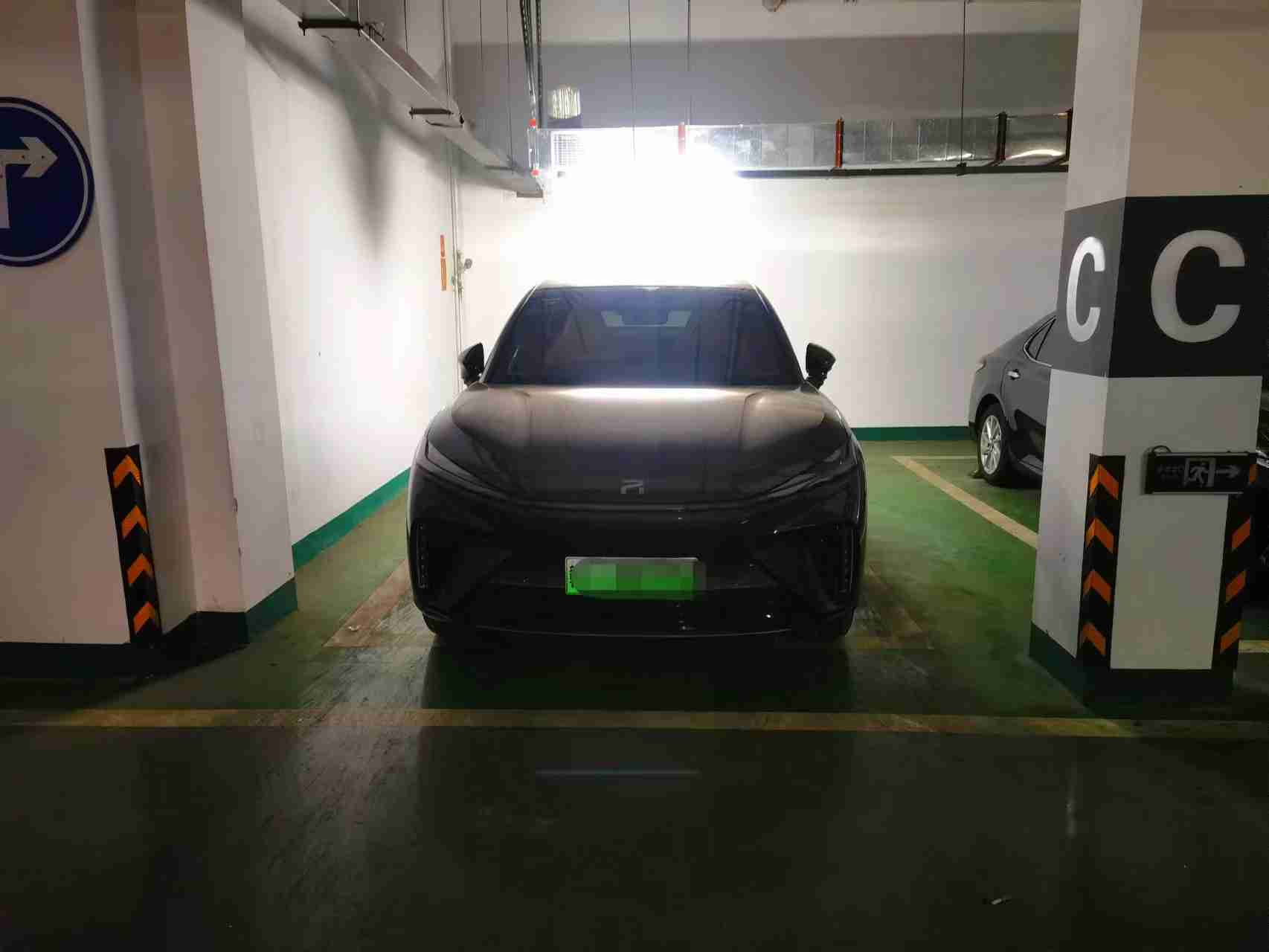
This article is a translation by ChatGPT of a Chinese report from 42HOW. If you have any questions about it, please email bd@42how.com.
